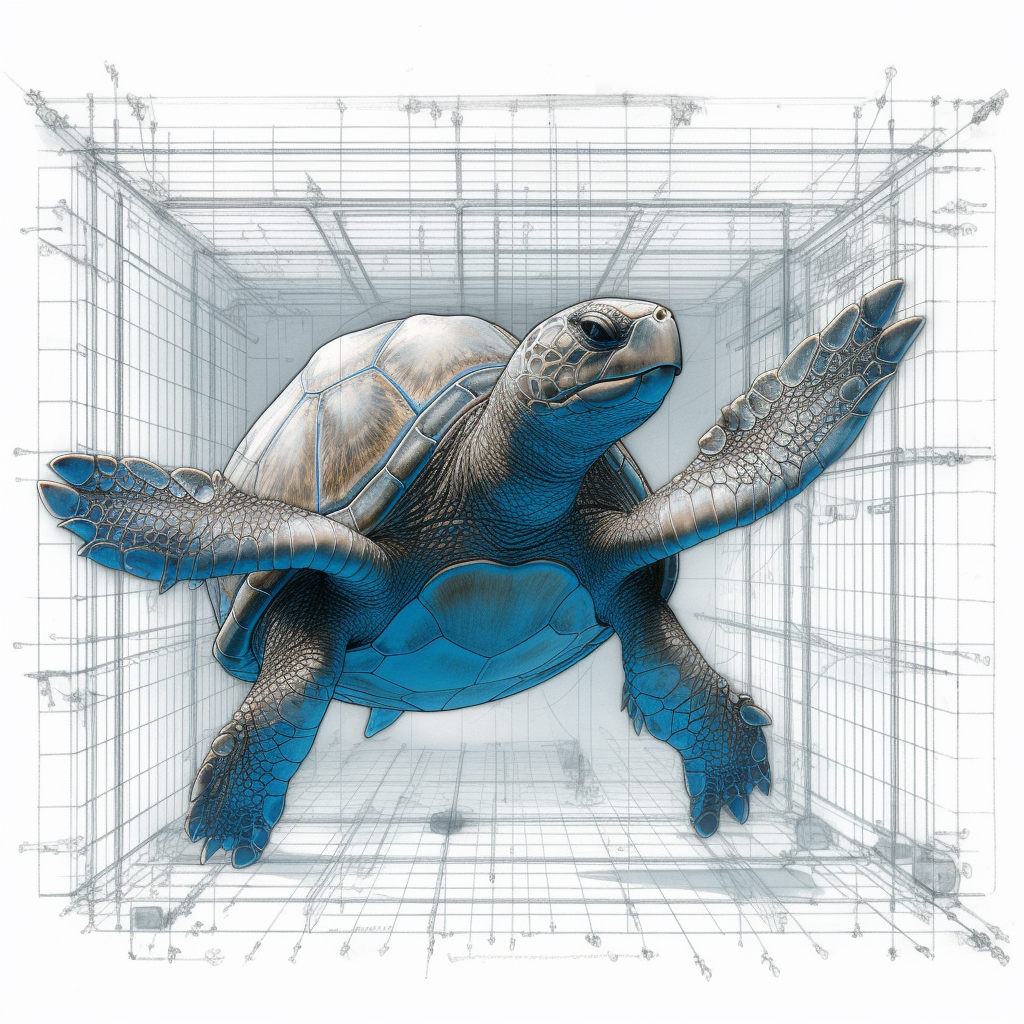I was 37 when I started working in design strategy, old enough to know not to shout out “Turtle Excluder Device!” as the meeting wrapped up. Most people avoided my gaze and walked away. I managed to catch the sleeve of one colleague gathering up his things. “No, really, you have to hear this.” (It was like that moment in The Rhyme of the Ancient Mariner, which begins with a bedraggled uninvited “grey haired loon” accosting guests at a wedding so he could tell a longish ghost story about why you shouldn’t slay an albatross. In my tale, you’re the wedding guest, I’m the loon.)
In college Bio we learned that there used to be a whole industry around tourists helping newly hatched loggerhead turtles get to the ocean. So many hatchlings were getting run over while crossing roads on their way to the sea! So many were being eaten by gulls! If we could only save more baby turtles, the thinking went, their populations would rebound. But then a young graduate student named Deborah Crouse conducted a population modeling exercise for her PhD thesis, and discovered that no matter how many hatchlings were saved, the number of turtles laying eggs wasn’t increasing. And breeding pairs are what you need to make more turtles (I’ll cover turtle sex in a separate post.) Her work uncovered the real problem: that turtles weren’t surviving adolescence because when they got big enough, they’d get trapped in fishermen’s nets. This insight eventually led to the invention of metal hatches called Turtle Excluder Devices (TEDs) that were built into fishing nets. When a sufficiently heavy turtle gets caught in a net, it springs the hatch and the turtle swims free. Today TEDs are often mandatory, and the turtle populations are far healthier as a result.

Fast forward almost 20 years to me blurting out, “Turtle Excluder Device!” We’d helped our client design V1 of their telematics platform, after which people came out of the woodwork with bright ideas about what features they’d like to see next. Sales, Service, Maintenance, Product Management—everyone had thoughts about what they’d like to see in V2. Our challenge was to find a way to shepherd these ideas far enough along that they could be honestly evaluated, and potentially cross the gauntlet of doubt about their feasibility, likelihood of adoption and cost. So we created a workshop that incubated numerous ideas, deeply considering how they’d come to life and be experienced over time. And we had a large swath of critical stakeholders participate in shaping each idea, which helped because, well, everyone likes to have a say. The output we created was a marketing story for each—a website—that made it look like the idea was complete, built and launched. We shared these mock marketing websites with customers, other users, and senior leaders who eventually aligned on which ideas to fund and which to pass on. We created a Turtle Excluder Device—for ideas!
Many companies have problems that could be solved by some version of a metaphorical TED.”
Since then, I’ve realized that many companies have problems that could be solved by some version of a metaphorical TED. Maybe their strategy isn’t surviving the design phase because it was thrown over the wall from some long gone consultant. Or their design intent is getting lost in development, because engineers never had a chance to weigh in on its feasibility. Or the finished product isn’t surviving launch because Marketing isn’t clear on its true benefits. In each case, what’s needed is a process that can shepherd great ideas to fruition, and keep them from perishing in corporate environments that are weirdly effective at killing them off.
That’s what we do at Supply. We help our clients succeed not just through expert digital design and development, but by helping them efficiently and effectively set up teams and processes to improve the parts of the product development lifecycle that need it most. Sometimes, that means building a Turtle Excluder Device.
(Big thank you to my bio teacher Dr. Paulette Bierzychudek at Lewis and Clark College, who told us a good story about great science that I’ll never forget.)